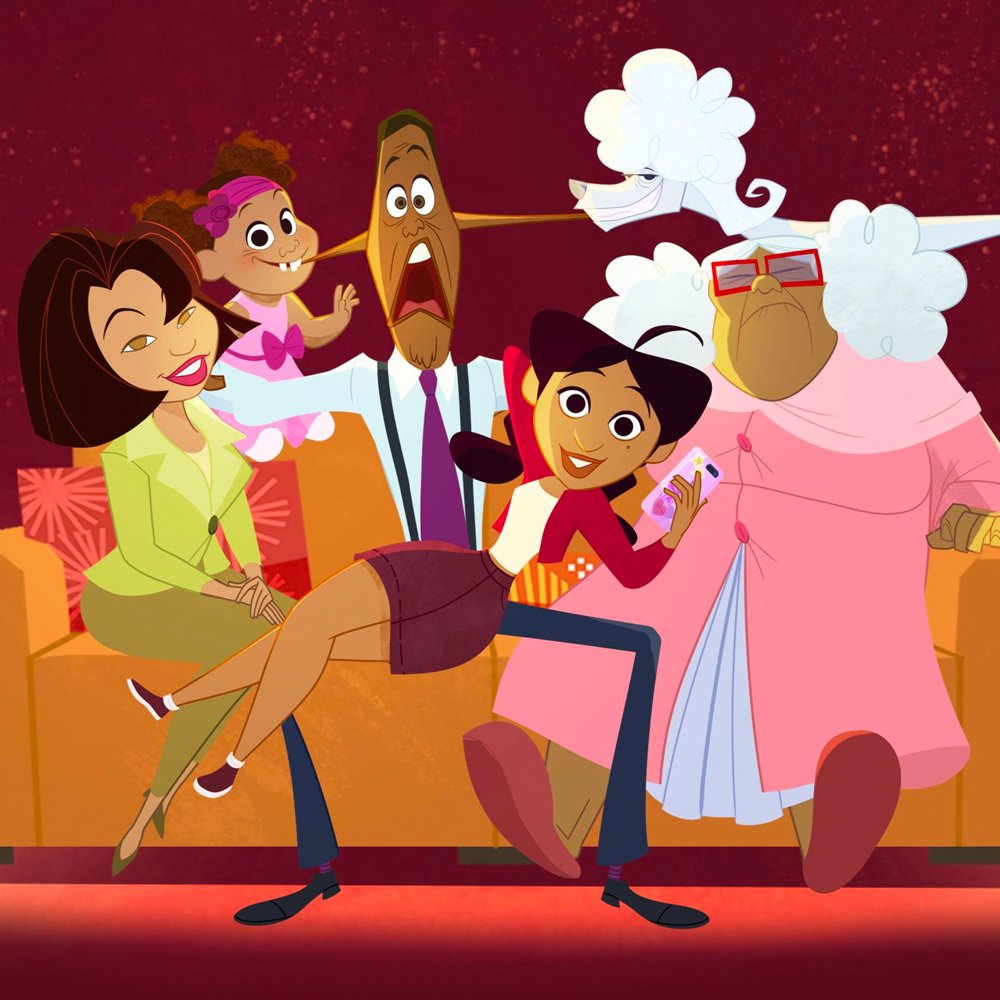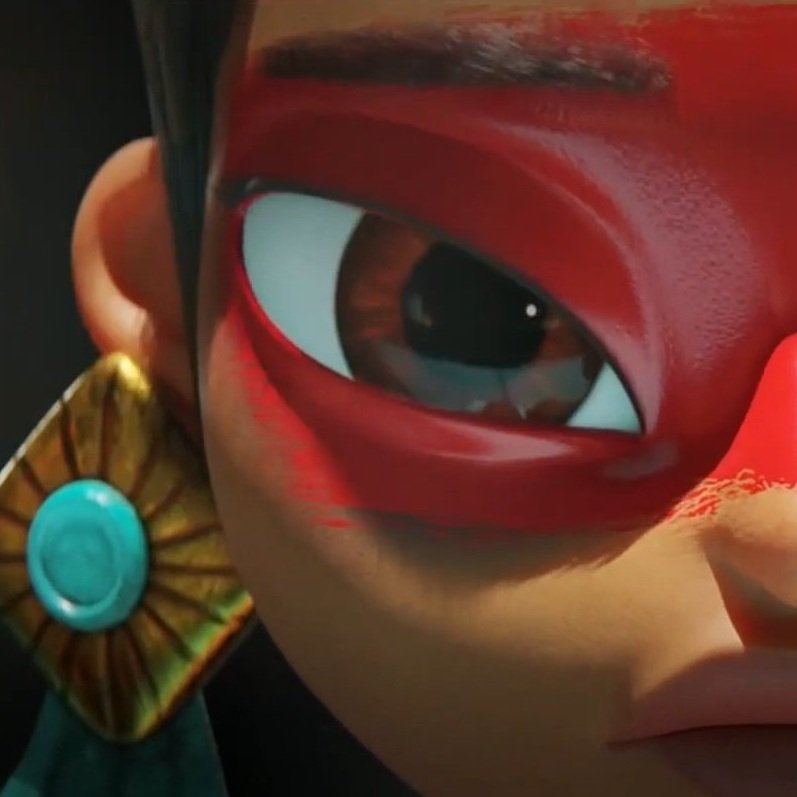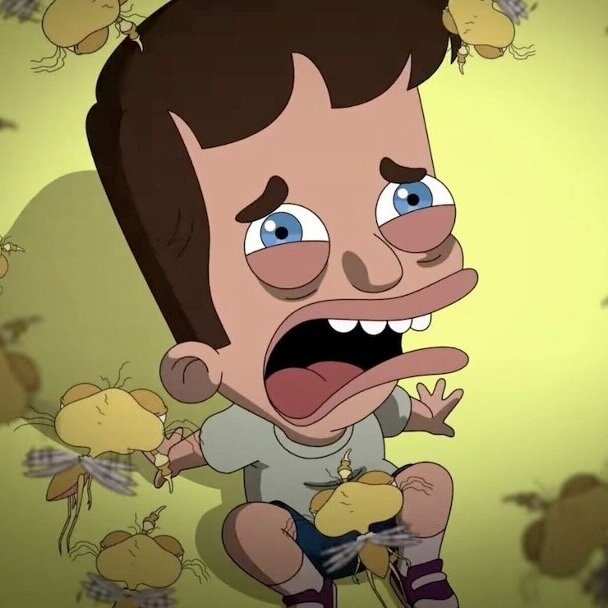Review: Belladonna of Sadness
Eiichi Yamamoto’s Belladonna of Sadness (1973) elicited mixed reactions from the audience at release and ultimately ended in commercial failure. In fact, it is considered to have contributed to the animation studio Mushi Pro’s bankruptcy at the end of the year. That being said, you should watch this movie. If not for the plot, then at least for the sheer unconventional nature of its expression of narrative. Heralded as the “hidden gem of Japanese Animation,” Belladonna of Sadness is unlike anything I’ve ever seen.
The movie follows the story of Jeanne, opening on her wedding day. This beginning scene looks like the end of any princess tale. Jean and Jeanne seem to have been destined to fall in love— beautiful, young and married in a heartbreakingly innocent wedding. However, Jean must pay a tax to the King in order to consider their marriage valid. When he can’t pay, the King decides to have his way with Jeanne and the viewers see a terrible and highly abstracted scene of Jeanne’s rape. Much of the plot is hard to stomach— we have to see Jeanne go through unimaginable trauma and the artistry does us no favors. It does not attempt to hide anything. After her abuse, Jeanne is visited by the devil, who comes in a phallic form. He attempts to seduce her into the dark and offers her power— power that ironically derives from him having sex with her. Jeanne eventually transforms into a vision of witchcraft, power, and sexual beauty and the story takes off from there. If you think Jeanne now has it easy after making a pact with the devil, however, you are very and tragically wrong.
Taking artistic cues from artists such as Gustav Klimt, this movie moves in an almost picture book fashion— with long, panning scenes of landscapes and still characters with little movement. Although this lack of on screen dynamics may initially seem a little taxing, the details and colors of the drawings are undeniably beautiful. After the plot kicks in, you begin to forget that you’re essentially watching dubs over a picture book. Gustav Klimt’s artwork is characterized by a feminine eroticism that, I believe, was the perfect influence for framing this story. Many of the underlying messages lie around the feminine mystique: how women gain power, where women can gain that power, and what happens when women do possess power.
Belladonna of Sadness is based on La Sorcière, a book by Jules Michelet. It’s a history on witchcraft in which Jules states that medieval witchcraft was used as a way of rebelling against feudalism and the Roman Catholic Church. I find that witchcraft is often associated with rebellion— using the mystical to fight against a reality more powerful. Movies, such as The Witch, often utilize the genre of witchcraft to show women finding a way out of their current horrid situation through black magic. What does that say about women now and our fight for equality? Is it saying we need something supernatural and dark to achieve fairness? Or is it supposed to be a rallying cry to women to find power where they can and use it?
The devil first comes to Jeanne because he says her, “soul was screaming for power.” Jeanne has no control over her life, much less her body. In her moment of despair, the devil promises her some semblance of dominance. He can only do this, however, if she will give her soul over to him. She initially refuses, saying that her soul belongs to Jean. Now, we must ask the question, who is this demonic figure? When Jeanne questions him, the devil says, “I am you.” Reframing the devil’s answer, we see that he’s saying that to gain power, Jeanne must give herself over to herself. She can’t allow Jean to own her soul if she wants to be able to take control of her life.
Every time Jeanne turns to the devil, the devil grows bigger, and in turn, she becomes more powerful. In fact, Jeanne becomes so powerful, the king begins to fear her. He knows that the villagers admire her ability to help them survive, so he attempts to lure her to his side by offering positions of authority. He says, “You will be nobility, second only to me.” However, she refuses. When asked what she wants, Jeanne replies: “Everything.” No longer does she grovel for power nor suffer from lack of influence. She knows the extent of her abilities and demands what she is owed. The same should be said of women who work just as hard as men, and yet are not given the same opportunities or pay. If we are capable women, then we are women who deserve “everything” a man deserves. Hearing Jeanne’s answer, the king becomes outraged and orders that, “the witch be burned at the stake.” He can’t let go of his own power, even if it means helping his people. As the women of the village watch Jeanne burn, their faces slowly transform into visages of the belladonna.
In the final scene, Yamamoto hammers home a powerful message, although this message is sometimes lost in the overly erotic portrayal of Jeanne, seize power where you can, don’t settle for less, and inspire those around you.






























